I used to hate building landing pages.
I’ve certainly made mistakes and had to learn some things the hard way.
For a long time, my landing pages just didn’t work. They were weak and barely converted.
Landing pages are being praised as the magic answer to all of our conversion problems, but it’s not as easy as some people think.
Don’t fall into the trap of thinking you can build a landing page and presto, your conversions will skyrocket.
The conversion rate from a landing page varies across industries, but the average is only 2.35%.
This means that for every 50 people you get to your landing page, only one will actually complete the action you’re trying to get them to do.
That’s a little depressing right?
I have good news for you though. I’ve learned from experience that most landing pages can do better.
The majority of landing pages aren’t really optimized to achieve conversions. They look “pretty,” but they’re not living up to expectations because they’re flawed.
I’m going to show you why landing pages are currently overrated and how to change your game to boost your conversions.
But first, let’s talk about what a landing page really is and what it’s meant to be for.
What is a landing page, really?
In the simplest sense, a landing page is a page you land on.
The problem with that answer is that it’s much too simple.
If someone clicks a link in one of your ads and it takes them to your home page, then by this definition your homepage is a landing page.
Some companies are making that mistake.
Let me show you an example.
I’m searching for “cleaning services seattle” in Google. I click on the paid ad:

That takes me to their homepage:
Now, here’s an example of a landing page done right.
I click this search result:

And, here is a landing page tailored to my search preferences:
Your homepage might be a good place to send people if you’re just trying to build general awareness, but it’s not where you’re going to have success with conversions.
A landing page is meant to have one singular goal: To convert.
That’s it. It shouldn’t do anything more than that.
Check out this definition from The Landing Page Course:
There are two key points here:
- They are individual pages with one, singular goal.
- They are meant for the single purpose of receiving “campaign traffic,” which means the click-throughs from your Ads and campaigns. This could be social media ads, PPCs or emails.
This means that first, you need to be running a successful ad campaign that is causing the right traffic to click through to your landing page.
After all, if no one is “landing” on your landing page, it’s going to be pretty useless, right?
Assuming that your ad campaign is successful and your CTR is good, then the landing page should have one of two possible purposes:
- Capture leads for further communications and to allow you to market to them in the future when they’re further down the sales funnel.
- Warm up your potential customers to get them ready and eager to purchase your product or service before sending them through to close the deal.
Each of these purposes requires a different type of landing page.
Good landing pages can provide a number of benefits:
They help promote a positive first impression.
Ion Interactive says first impressions are formed in just 1/20th of a second. Landing pages can be customized and designed to help provide strong positive visual impressions quickly.

They can take advantage of trust elements.
Landing pages with images, videos and graphics can not only help attract people, but they will help you make a lasting impression.
People only remember 20% of what they read, but they remember 80% of what they see.
Landing pages promote customer focus.
It’s easier to capture conversions from a well-designed landing page than it is from a homepage or blog post because they have one singular goal. There is less noise to distract your audience.
All of this means that landing pages are the ideal place to get your audience to convert if they’re done right.
Conversion Rate Experts generated $1 million/ year for Moz simply by improving their landing page and doing some email promotion.
So why are landing pages overrated?
Well, it’s not because they can’t work. It’s just that too often people use a generic template or slap something together that just doesn’t get the job done.
Don’t worry if you’re one of those people. After all, when I started out my landing pages limped along too.
But now I’m going to share with you what I learned and what the most common mistakes are so that you can make sure your landing pages are doing their job.
1. Sync it with your ad campaign
Like I mentioned above, the very first step if to have an effective ad campaign.
You need to be targeting the right audience for your landing page, or nothing else matters.
After all, sending people ready to buy through to a lead generation page is not going to be very successful.
But syncing intent is not the only thing you need to focus on.
Your ad and your landing page need to have a consistent look and feel.
Here’s a great example of consistency:
You can see in this campaign from Highrise that the ad and landing page look very similar.
Here are some of the things they made sure to keep consistent:
- The image of the woman is the same.
- The theme is the same, including the background color, logo, font, and look of the CTA.
- The testimonial is the same.
Now, check out this example:
The ad talks about the “lowest taxation in the EU,” then you click through to a page talking about Bulgaria. What?
After reading the fine print, you can see how they tie together but remember that first impressions happen in seconds.
My guess is a lot of people click that end, see a landing page that doesn’t seem to match and instantly hit their back button. I know I would.
2. Make it mobile-friendly
Mobile landing page optimization is vital now that Google has switched to a mobile-first index.
The number of mobile users increases every year. Last year 66% of the population had a mobile phone.
That’s up 5% from the year before. I’m sure when they come out with this year’s stats it will have increased again.
Mobile users are beginning to dominate web traffic.
As of last year, over half of all web traffic is mobile.
Not only that, look at the breakdown by time of day:
Mobile is dominating the hours when people are typically outside of work.
These are the times people are most likely to be using the web for something other than work, such as browsing the net or shopping.
Which means if you want to capture your audience, you need to plan for them being on a mobile device.
When it comes to mobile traffic, the two most critical aspects of your landing page are speed and simplicity.
Let’s talk about keeping it simple first.
Take a look at these two examples:
It needs to cut out everything but the absolute necessities, and it needs to be designed for mobile.
Having a CTA that’s only partially visible is going to lower your results.
Making it too difficult to read on a small device is also going to hurt your conversions.
3. Check that your load speed is fast
Page load speed might not be something you first thing of when designing a landing page, but it’s critically important for mobile and desktop traffic.
In fact, Google announced in January that starting July 2018 pagespeed will become one of their ranking factors for mobile searches.
40% of your audience will leave your landing page if it takes longer than three seconds to load.
It won’t matter if you get every other step right if no one ever hangs around long enough to actually view your page.
A lot of businesses are struggling with this, especially for mobile.
According to Google, the average time it takes to load a mobile landing page is getting better, but it stills takes an average of 15 seconds.
I just told you 40% of people will leave if it takes longer than three seconds.
When you isolate mobile traffic, that number actually increases to 53%.
So over half your audience will leave in three seconds or less and the average site takes 15 seconds…
Simply fixing your page speed could have a huge effect on your conversions without changing any other thing about your landing page.
Google also found that bounce rate continued to increase the longer page load took.
Here are their findings for mobile traffic:
How do you know if your page is too slow?
For desktops, you can test with Google’s PageSpeed Insights.
For the mobile version of your site try Test My Site.
 https://blog.kissmetrics.com/landing-pages-are-overrated/
https://blog.kissmetrics.com/landing-pages-are-overrated/
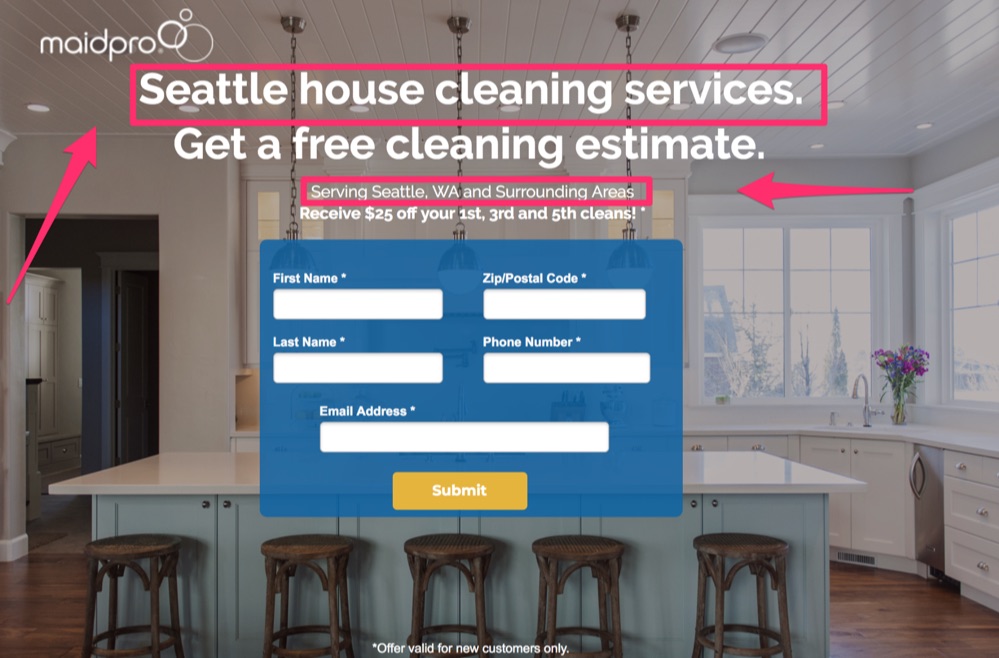

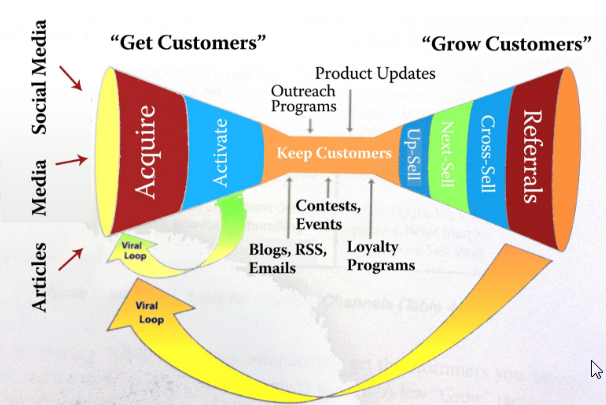
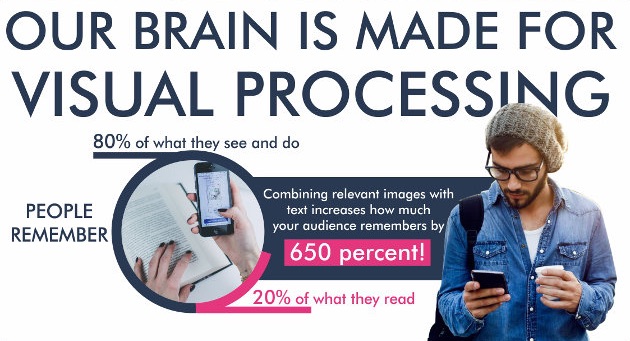
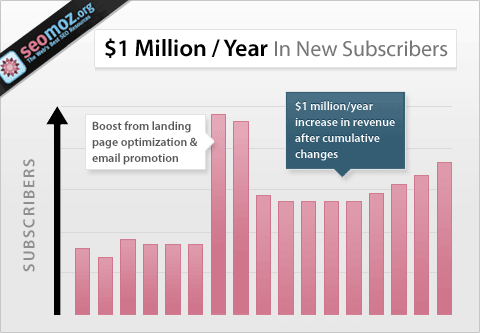
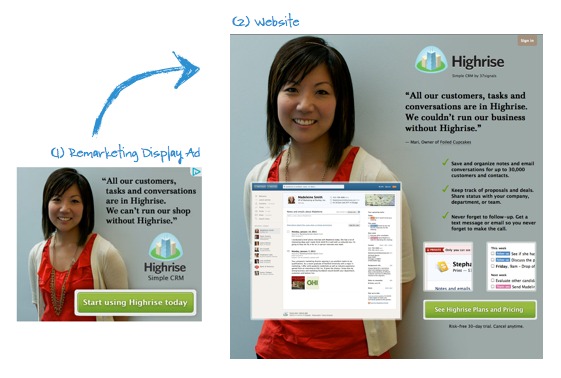
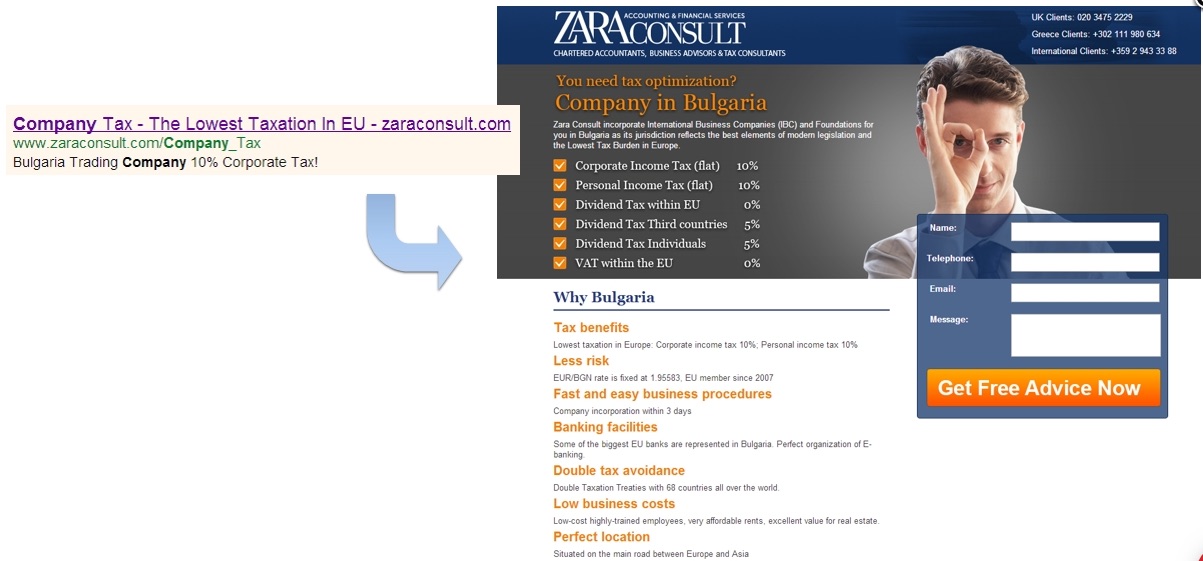
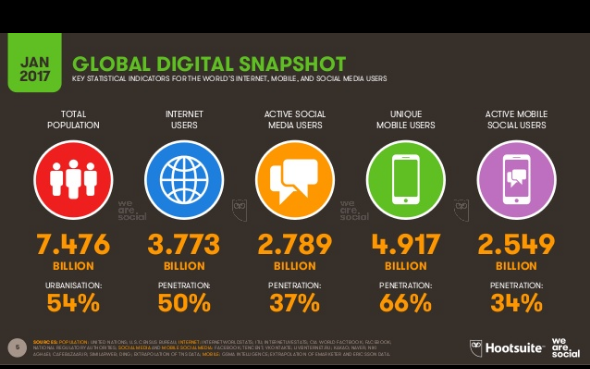
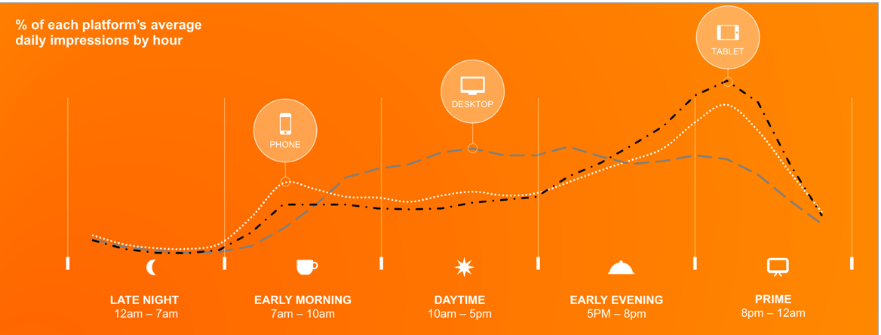


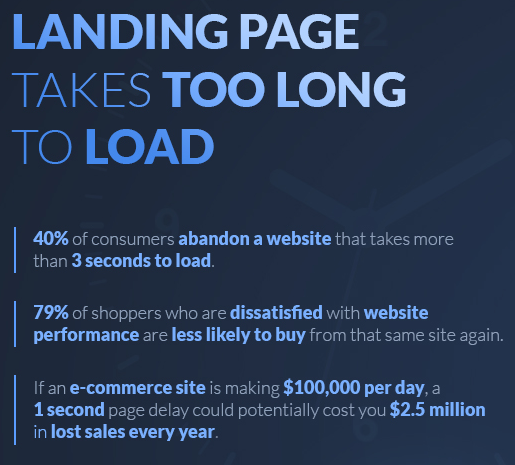
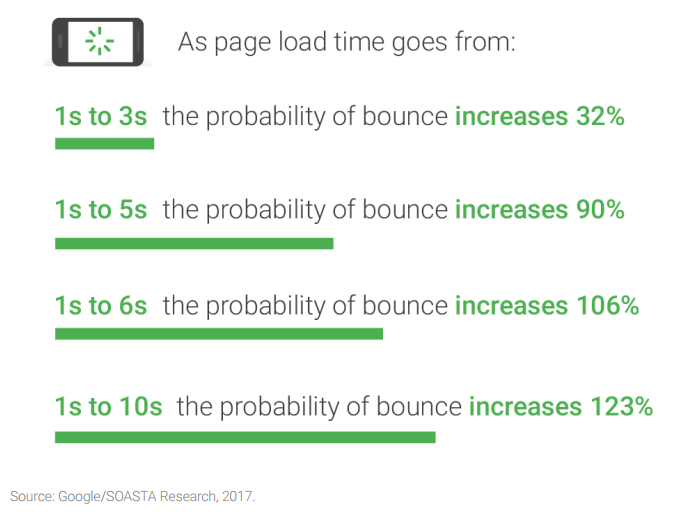

No comments:
Post a Comment